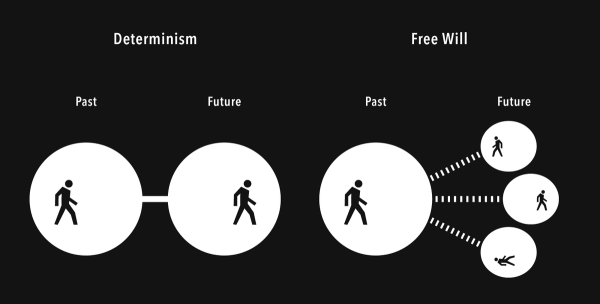Hybrid Learning Post-Pandemic

Photo courtesy Franklin University Switzerland
Hybrid learning is especially beneficial and, if continued, could become a strong part of the American education system after the pandemic ends. Many schools around the country have transitioned into hybrid learning, a model of education which combines in-person class and virtual, online classes. A typical hybrid system would rotate a select number of students to come to school grounds for a few days in the week and then stay at home and join virtual classes for the rest of the week.
Undoubtedly, this model was created as an attempt to continue to foster education in these unprecedented times. However, COVID-19 has caused us to change our perspective on access and connection in school, and hybrid learning proves to provide numerous advantages for students, teachers, parents, and our government.
Nonetheless, it is important to note that many children do not have access to the internet, despite several companies providing internet services for students during the current pandemic. Therefore, hybrid learning post-pandemic may not exactly benefit some. Hopefully, either these companies could continue supplying students or schools could begin to provide it themselves.
One of the benefits to hybrid learning is the flexibility it gives to parents of elementary to high school students. A 2019 study by the Bureau of Labor Statistics (BLS) found that 64.2 percent of families had both parents employed. In addition, research and analysis of a BLS survey by California Polytechnic State University discovered that more than 68 percent of students surveyed get to school by car. This means that the majority of parents have to worry about driving to and from school and work, not to mention paying for excessive amounts of gas. Hybrid learning gives parents a break from the constant driving because students will not have to go to in-person school everyday.
Moreover, since hybrid models will require less students on campuses each day, the number of buses needed to transport them will be minimized. GreenShields calculated that school buses in the United States still spew 9 million metric tons of carbon dioxide into the atmosphere each year. Less buses will result in less air pollution, so hybrid learning would additionally help the environment.
Another advantage is the fact that hybrid learning is generally cheaper. A recent report by the Thomas B. Fordham Institute shows that, based on data from 50 experts, the average cost per-pupil in virtual and blended-learning schools are “significantly lower than the $10,000 national average for traditional brick-and-mortar schools.” This is due to the reduced need for educational materials. Resources such as textbooks can be reserved for in-person classes, and since there are fewer students at school each day, less materials will need to be purchased. For college students, textbooks are even more costly on top of student debt, therefore hybrid learning could completely replace the requisite for these resources. Furthermore, Michael McPherson, the president of the Chicago-based Spencer Foundation which finances education research, describes hybrid learning as a “safety valve” for the government. Essentially, school grounds won’t require as much maintenance, and more students can be given an education without increasing the amount of infrastructure and consequently raising taxes. This saves state governments and citizens money.
On the subject of increased space, hybrid learning ushers increased access to education and flexibility for students. Students from a larger range of locations will be able to more easily obtain an education. It also reduces absenteeism because students can still go to school regardless of nonfatal illnesses or the occasional situations of being out of state. Additionally, the Princeton Review’s Student Life in America survey found over 50% of students report feeling stressed about school. Hybrid learning would allow students to take breaks from in-person class experiences that can include stressful components such as bullying, overcrowding, and anxiety. This way, students will have the ability to learn in comfort.
Finally, hybrid learning is an effective model of education. In the study “Evaluation of Evidence-Based Practices in Online Learning” by the U.S. Department of Education, students deduced hybrid learning to be the most effective compared to full online and in-person learning. Apart from this, hybrid learning benefits students from diverse backgrounds by extending various opportunities and ways to assimilate knowledge and study. The system would essentially facilitate supplying new learning options. To give a couple examples, a hybrid model would make it easier for teachers to provide students whose first language is not English or students with learning challenges with a mix of techniques and methods that can be specific to each student’s needs. Similarly, a teacher could give a lecture or go over particular topics and concepts during in-person class for only the students who need it rather than the entire class.
While the pandemic has brought a multitude of unpleasant consequences, it has also allowed us to reflect on and innovate the way we live our lives. Evidently, it has been discovered that hybrid learning has many benefits and could potentially solve many problems in our current education system.

Grade: 12
Years on Staff: 4
Why are you writing for the Flintridge Press?
I enjoy writing and sharing important stories with the Prep community....






